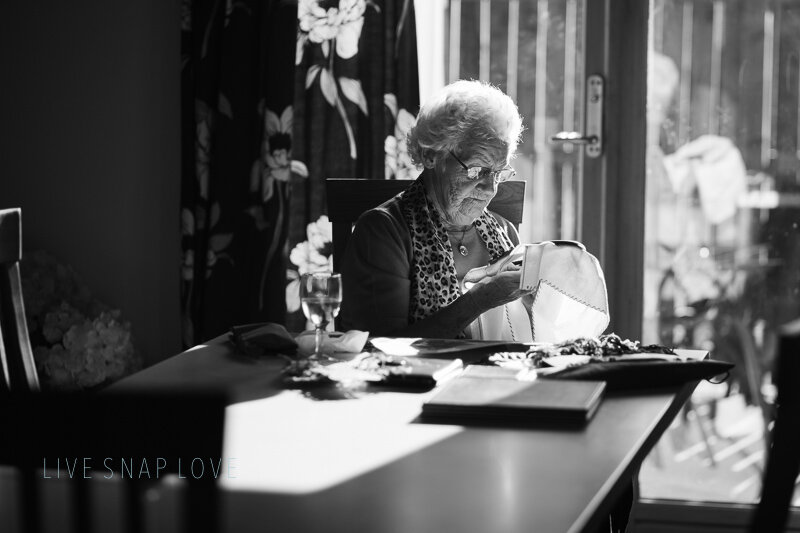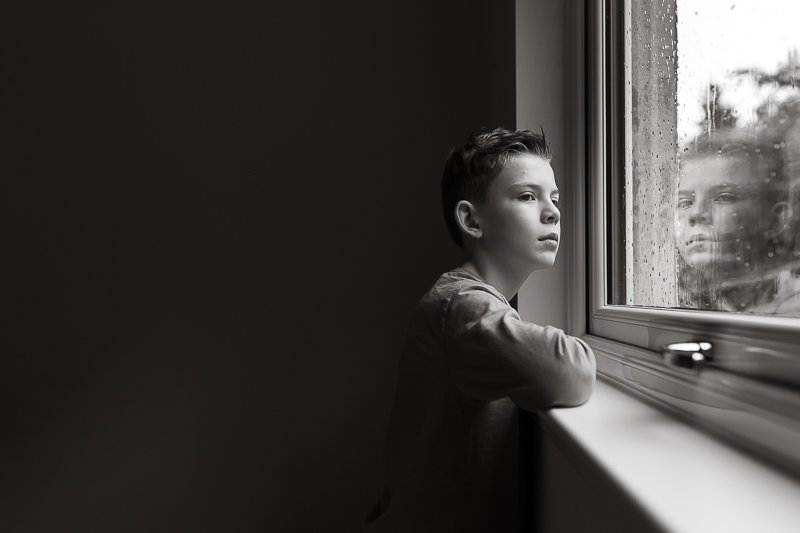5 Reasons Why Understanding Light Will Make You A Better Photographer
Being able to identify, understand and modify light is one of the most important skills you can master in photography.
Why, I hear you ask?!
Because knowing how to use light effectively will allow you to turn everyday, mundane scenes into something magical and awe-inspiring, help you feel confident shooting in ANY type of light at any time of day, allow you to get more creative images AND make you feel inspired to pick up your camera every waking moment.
Not bad for something that is essentially free 😉
Of course, light is fundamentally important in photography (since without it we would only have a black frame!) but going beyond simply seeing light for the sake of exposure is what allows us to convey depth, mood and emotion in our photos.
In short, it’s that magic missing ingredient that lifts up every single image, and makes it look “otherworldly”.
Which is why, once you have mastered the fundamentals of photography (such as shooting in manual mode, getting sharp focus and using composition and ideally, knowing how to edit those images!) then then next thing I recommend is learning more about LIGHT.
So here’s 5 big reasons why learning about light will have a big impact on your images!
Before we dive in, I just quickly wanted to let you know about a brand spankin’ new freebie I have for you, your Art of Light Starter Guide. You'll learn all about the building blocks of light - its colour, intensity and direction - along with some ideas for using each one to kickstart your creative juices. Plus you'll get the questions you should ask yourself about the light when shooting, so you can put it all into action! Go here to download it.
#1 You can get more creative with your photos
I honestly can’t think of anything that makes me feel more inspired and creative than light!
Just watching the way the light and the shadows play with one another is enough to get me motivated to pick up my camera, and shoot in a different way from morning to night.
You could use direct light, diffused light, reflected light, lighting patterns, backlight, side light, front light, light from the sun, light from the window, light from a lamp, a flashlight, an iPad, at sunset, at midday, lighting the background, darkening the background, photographing the shadows, dappled light, sunbursts, silhouettes, pockets of light……you get the idea :)
Knowing how to use and manipulate light will allow you to get really creative with your images because there is simply SO much to play with!
Try this: before you even lift your camera to your eye, start by simply observing the light around you, and how it changes during the day.
Take note of the windows in your home, and how the light comes in in the morning vs the afternoon.
Head out into the world and notice how the light changes between sunrise and midday.
Come home at night and look at all the possible light sources around you.
I promise that just by noticing the light you’ll start to feel more inspired and creative! It’s been the number one thing that has taken my photos to the next level (and what inspired me to create my Mastering Natural Light course!)
“Light makes photography. Embrace light. Admire it. Love it. But above all, know light. Know it for all you are worth, and you will know the key to photography.”
George Eastman, Founder of Kodak
#2 You will flatter your subjects
If you are a people photographer, then one of the ways you can flatter your subject is simply by lighting them in the right way!
Again, let’s move beyond the basics here, because we can add depth, show or minimise wrinkles, define the cheekbones or slim a wide face simply by how we position our subject in relation to the light. It’s getting more nuanced, but these small changes can have a big impact, and allow you to take your people photos to the next level.
(And as a side note: if you are in business, a portrait photographer who understands exactly how to make their subjects look their best will sell more and be in higher demand. Just sayin’)
#3 You can set the mood
Your use of light can have an enormous impact of not just how your image looks, but also how your image FEELS.
Light can do more than simply allow our cameras to take an image, capture a likeness, or freeze a moment, it can also communicate a feeling or emotion too - which in turn will lift your images up and take them to the next level.
You probably already know that light can have an impact on your mood - how you feel on a bright sunny morning is different from how you feel on a gloomy overcast afternoon, and different again from how you feel at night when you can't see what's there in the darkness.
A picture taken of two friends hugging with a golden sunrise behind them is a far different picture than the same pose with an dark threatening sky behind them, but even just something as simple as the direction of light can make a difference: for example, using split lighting will give you a more dramatic look than front light, whereas lighting from below can give a ghoulish feel.
“In the right light, at the right time, everything is extraordinary.” – Aaron Rose
#4 You can create images that have better depth and dimension
Shadows in an image help to give it DEPTH.
Remember that when we take an image, we flatten a three dimensional world and make it into a two dimensional image. This happens because the camera brings objects far and near together, and flattens them onto one plane.
(That's why it's only AFTER you see the finished image you realise there is a telephone pole sticking out of your subjects head - your eyes can take on depth, but your camera can't in the same way - it brings foreground and background elements and pushes them together)
So, shadows can help bring back a sense of depth in the image, which in turn makes the scene more more three dimensional, and therefore more "real". Images that look like you could reach out and touch them often have shadows in them, because they create that “real” feeling.
(Want to dive into this deeper? Read this post 4 Ways Shadows Can Add Impact To Your Photos)
When you understand light, you can decide where to place those shadows, where to place the highlights, so that you can mould the scene and make it more “touchable!”. What a great skill to have!!
#5 You can shoot at any time of day, in any location
Natural light is constantly changing - it will change from hour to hour, from season to season, giving you such a wide range of options at your disposal! Even after the sun has gone away for the day, you can use artificial light to create an amazing range of images.
Understanding the key aspects of light means that you can walk into any situation, at any time, and see all the options in your mind, and how you can either work with the existing light, or modify it to suit your vision. (Or maybe better yet, you can plan ahead to get the type of light you want for a shoot)
The golden hour is great, but not always practical (for me, in summer, there’s not a chance of me photographing during the golden hour - I would have to be up and out by 4am or out shooting at 10pm, and I like to be in bed with a hot cocoa by 9. (Sad, but true!)
Having that confidence is such an incredibly powerful tool to have your disposal, because a more confident photographer tries new things and stops playing it safe….which in turn helps us be more creative!
Study the light, try out different sources and types, learn how to manipulate it, use it and play with it, and I promise you will feel more incredibly creative and confident with photography!
Take your first steps today by downloading our FREE Natural Light Starter Guide, and you’ll get info on building blocks of light - its colour, intensity and direction - along with some ideas for using each one to kickstart your creative juices. Plus you'll get the questions you should ask yourself about the light when shooting, so you can put it all into action and start experimenting with light today.
Over to you!
Tell me, how do you feel about working with light - are you confident enough to strut into any location and make it work, or does the thought of full sun or small windows make you want to pack up and go home? Let me know in the comments below!
As always, if you enjoyed this post, please share it far and wide :) Sharing helps keeps small blogs like mine alive, so I can help you more! So pin in to your Pinterest boards, share on Facebook or Twitter, or simply mention Live Snap Love on Instagram!
See you next week!
xo, Audrey














